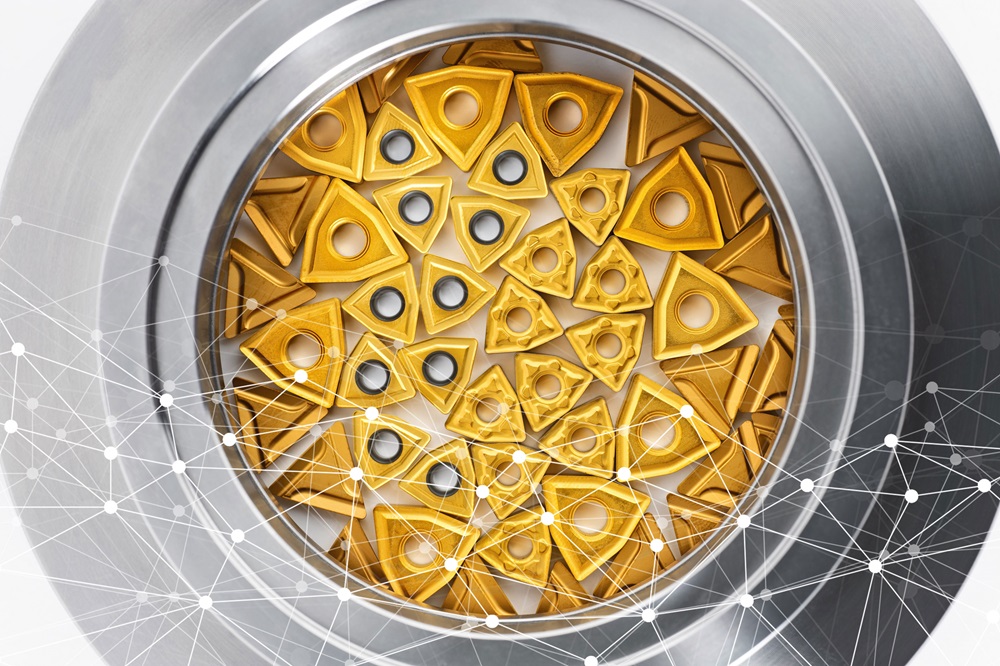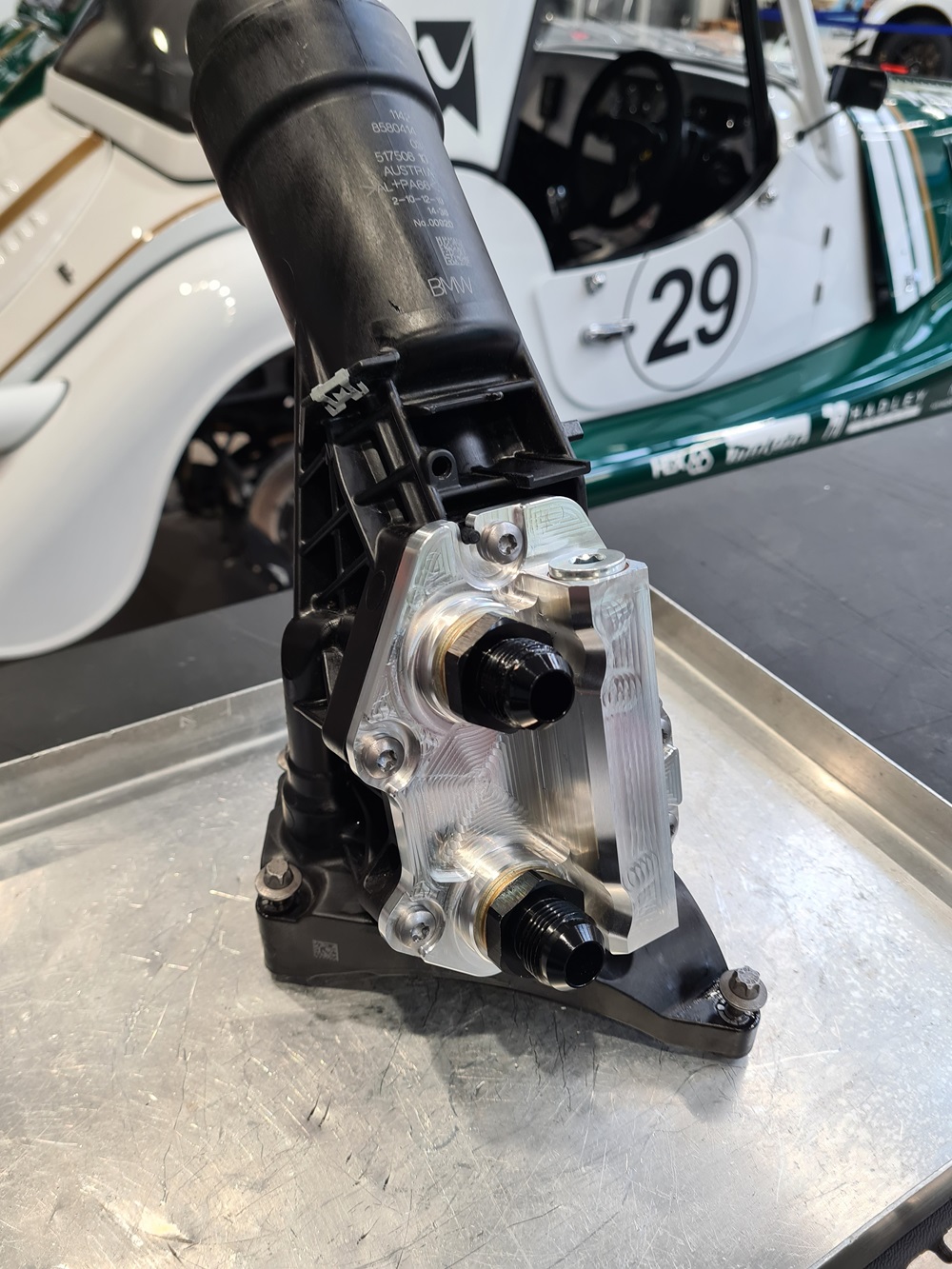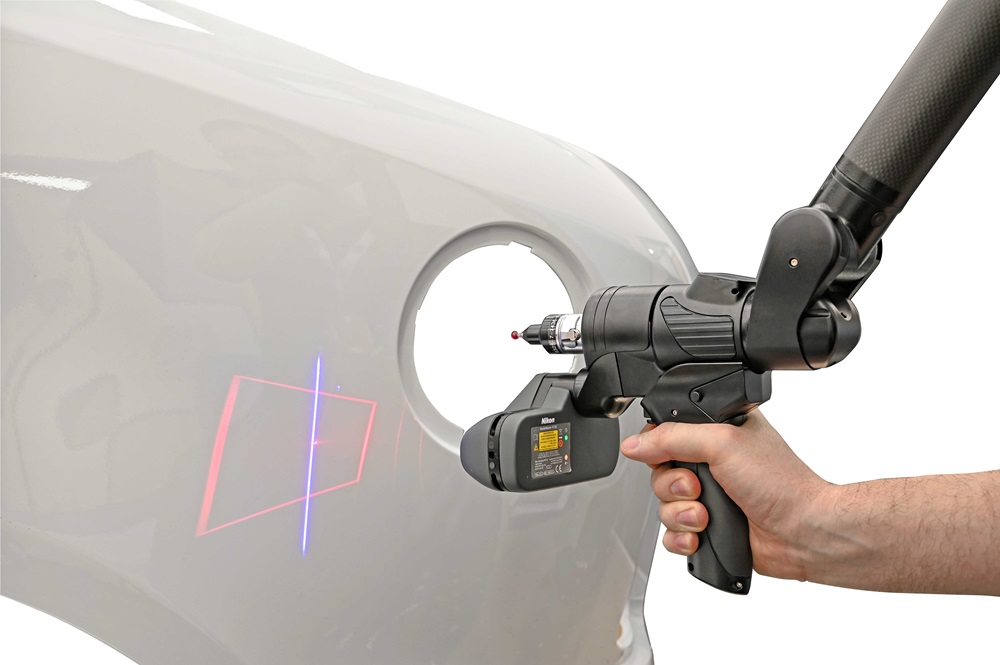Renishaw says its new RMP24-micro is the world’s smallest wireless probe for machine tools. The RMP24-micro measures just 24 mm in diameter and 31.4 mm in length. Despite its small form factor, the probe delivers measurement repeatability of 0.35 µm 2σ, which according to the company sets a new standard for wireless probes in this size category.
The micro-kinematic mechanism within the probe promotes ultra-low trigger forces, ensuring gentle contact with workpieces during probing. This capability not only minimises the risk of damage, but also reduces part deflection for enhanced measurement accuracy.
Designed for compact machines that manufacture high-value, high-precision components, the RMP24-micro is suited to applications in industries that include medical, dental, watchmaking and micro-mechanics. Tight measurement tolerances are easily achievable with the probe’s repeatability and lobing performance, while its short length and radio communication makes the RMP24-micro useable in confined spaces.
The probe uses Renishaw’s updated radio transmission protocol to communicate with the machine tool controller via the RMI-QE radio interface. With an operating range of up to 5 m, it employs a 2.4 GHz FHSS protocol, compliant with radio regulations worldwide. This FHSS technology has excellent power efficiency and allows the probe to co-exist harmoniously with other radio sources such as Wi-Fi, Bluetooth and microwaves.
Will Fenn, product marketing engineer for Renishaw’s Machine Tool Products Division, expresses his enthusiasm for the RMP24-micro: “Since we first previewed the product at the EMO exhibition in Hanover last year we’ve had an overwhelmingly positive reaction from the market. We’re now delighted to announce the full release of RMP24-micro and eagerly await showcasing it at upcoming exhibitions throughout 2024 and beyond.”
More information www.renishaw.com/rmp24-micro



















